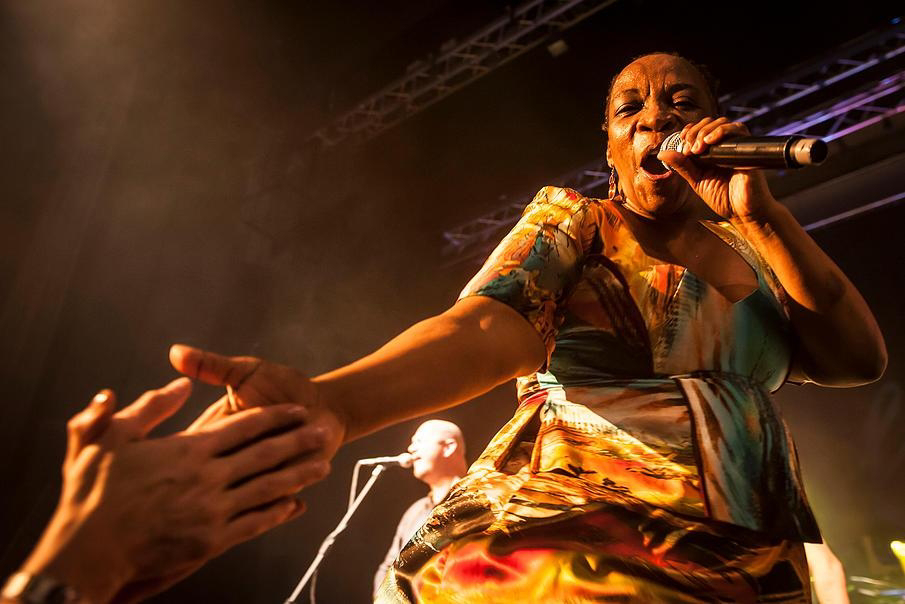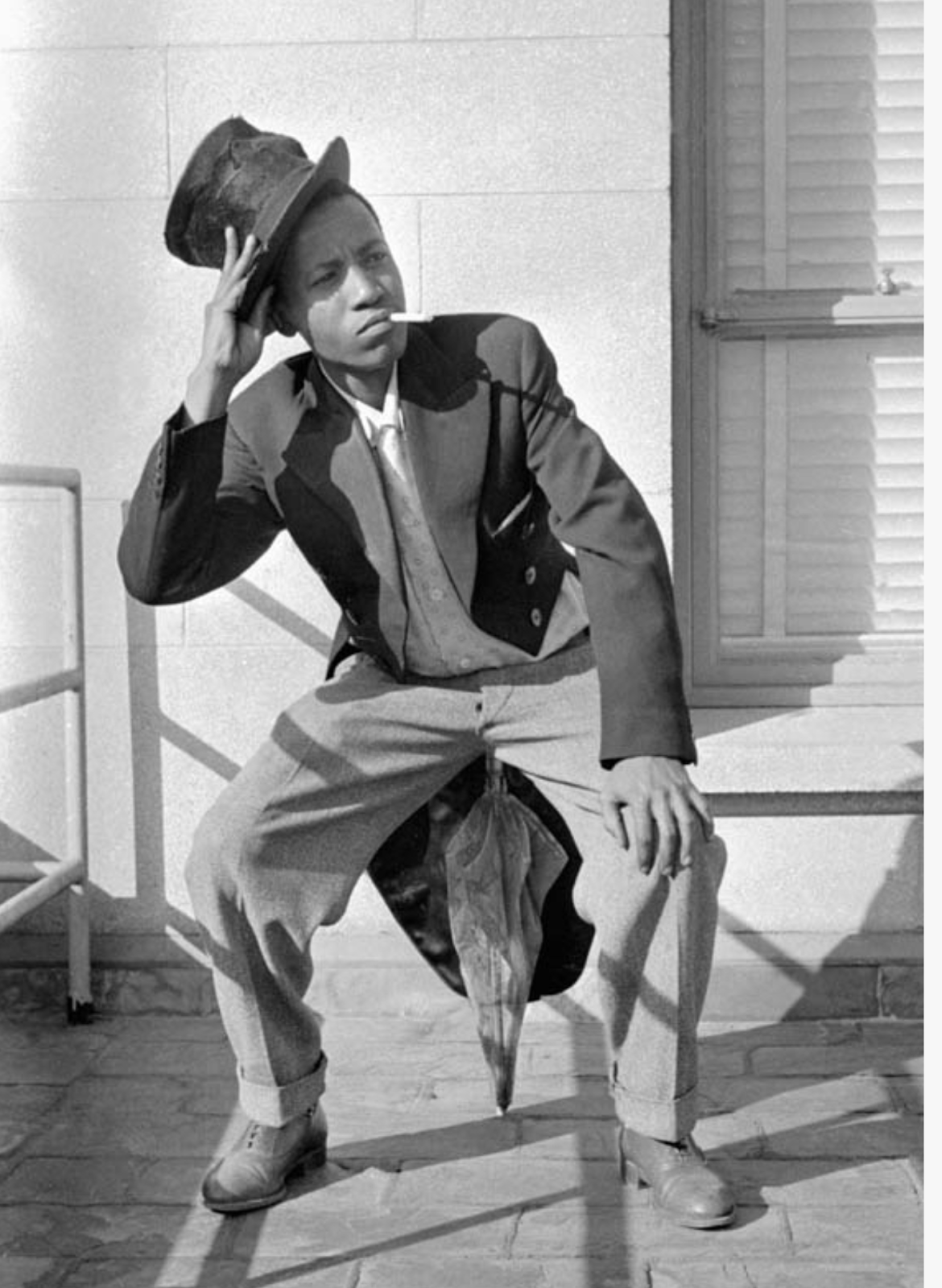OPEN LETTER TO A GIRL CHILD by Makgatla Thepa-Lephale
OPEN LETTER TO A GIRL CHILD Dear girl child, please allow me to start by saying a small prayer for my girl child and boy children before I proceed with my letter. Ntate wesho wa Magodimong please give me strength and wisdom to raise my girl child in knowing that no joy comes in having affair with married men and older men. May she be protected from vultures of this world disguised as men, preying at young girls to satisfy their lust. Ntate Modimo, I am also praying that you give my sons wisdom to grow into responsible men who will never treat women as objects, especially sex objects that they can use and toss around just like that, Amen! Now that we are done with prayer, let me address issues regarding the letter. For sure many are asking why a letter to girl child specifically, my answer is simple, in a society that is patriarchal and always ready to cast stones to a girl child every time something goes wrong between her and a man, I sympathize with a girl child. This le









